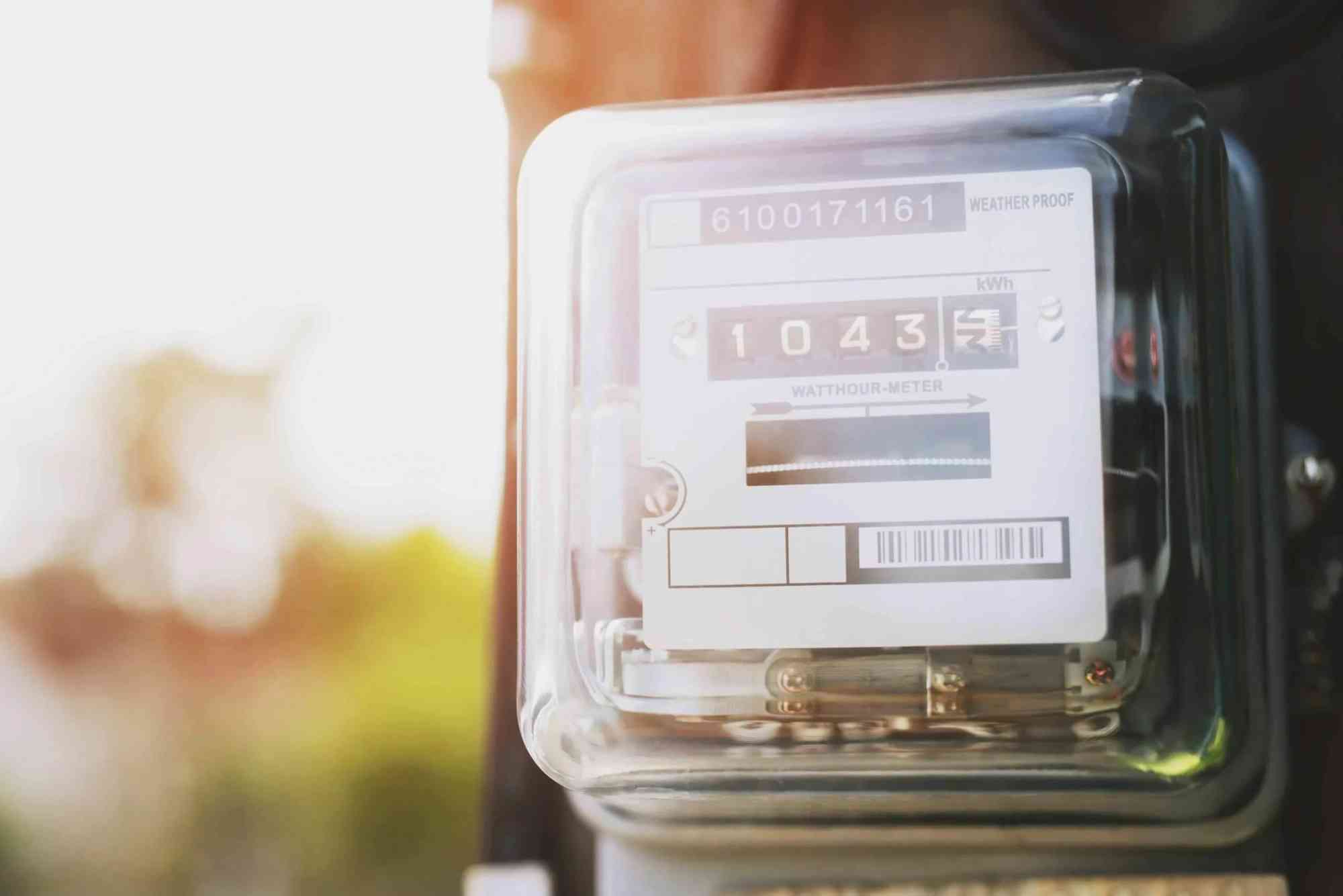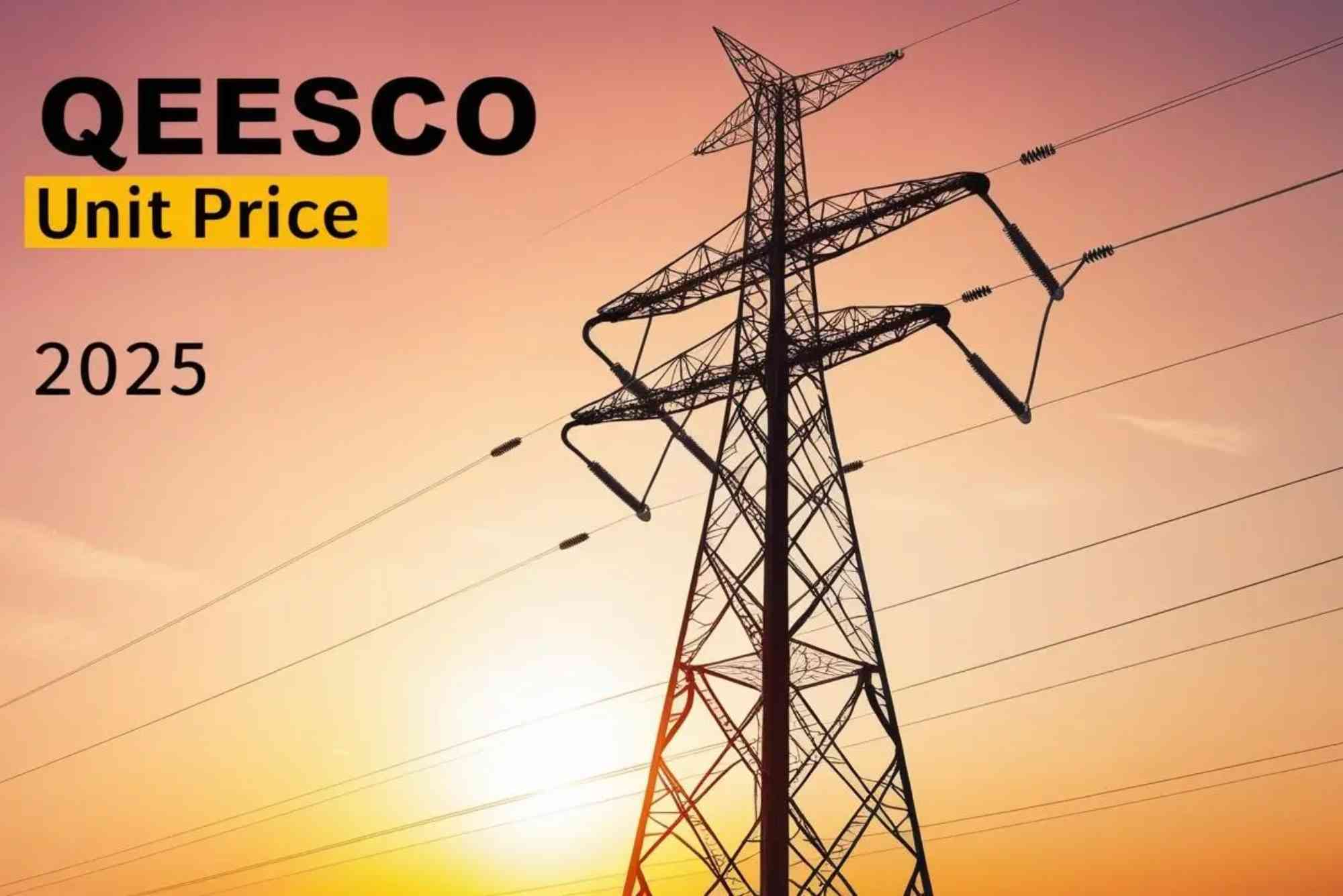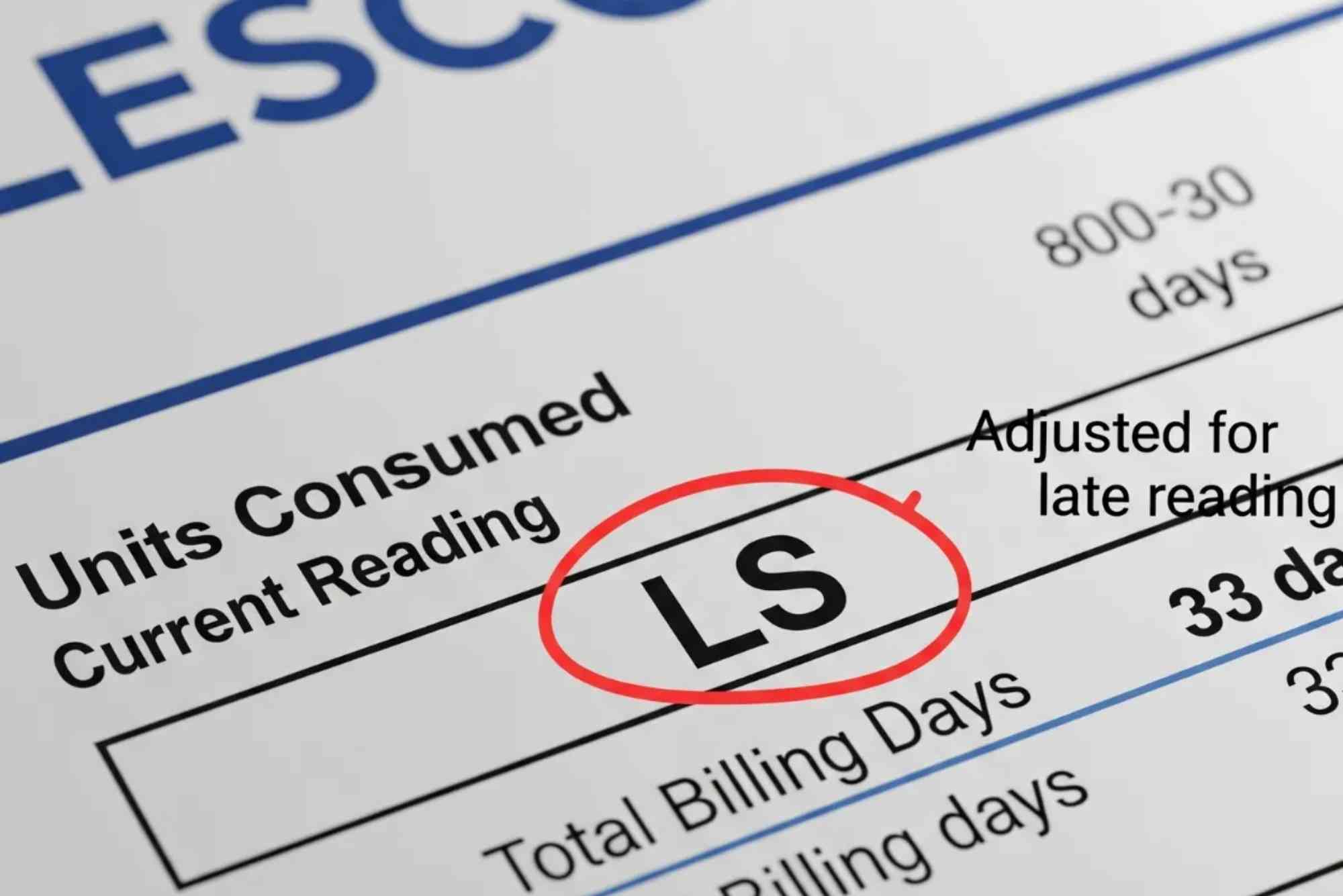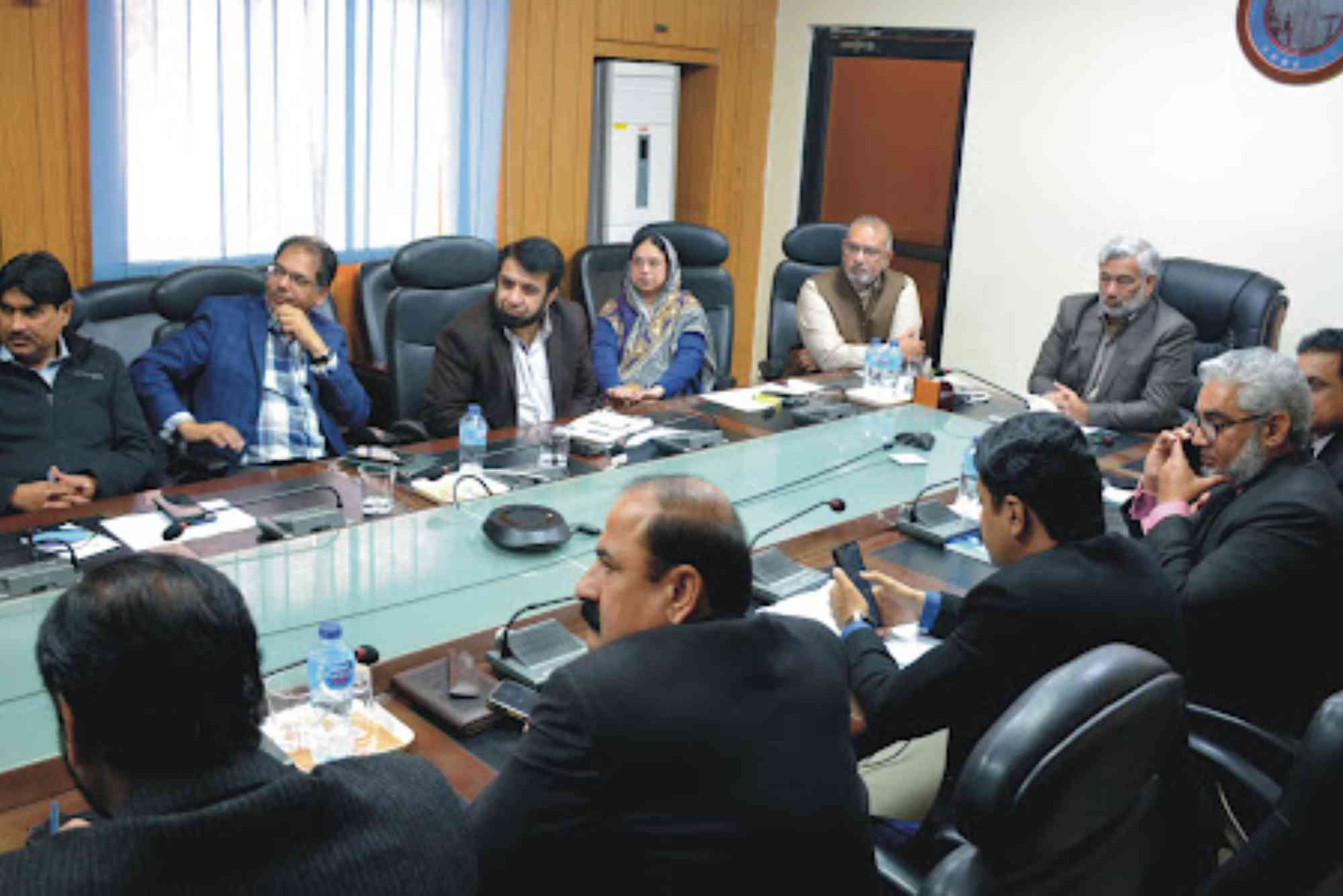FESCO Tariff and Unit Rates – Detailed Guide for 2025
Understanding your electricity bill can sometimes feel complicated, especially when the rates change every year. The Faisalabad Electric Supply Company (FESCO) updates its tariff structure annually based on NEPRA’s (National Electric Power Regulatory Authority) approved rates. These updates affect millions of residential, commercial, and industrial consumers across Punjab. If you’re looking to understand the FESCO tariff and unit rates for 2025, this comprehensive guide will help you decode everything from billing slabs to fixed charges and taxes.
FESCO, one of the main electricity distribution companies in Pakistan, provides power to Faisalabad, Sargodha, Mianwali, Jhang, and nearby regions. As the cost of electricity generation and fuel adjustments fluctuate, NEPRA revises tariffs to balance affordability and sustainability. The 2025 tariff structure continues to reflect these adjustments while introducing slight modifications to unit rates and surcharges.
What is the FESCO Tariff?
The FESCO tariff refers to the approved electricity pricing system determined by NEPRA and implemented by FESCO for its consumers. It defines how much a consumer will pay per unit (kWh) of electricity used. Tariffs vary depending on consumer type—residential, commercial, agricultural, or industrial—and are divided into consumption slabs.
In simple terms, your electricity bill depends not just on how many units you consume but also on which tariff category you fall under. Residential users are charged differently from businesses, and small industries have their own defined rate structure.
FESCO Tariff Categories for 2025
To make it easier for users to understand, FESCO divides consumers into several categories. Each category has its own per-unit rate and applicable taxes.
Residential Consumers
Residential users form the largest customer base for FESCO. Their electricity bills depend on monthly unit consumption and are divided into slabs to encourage energy conservation.
For 2025, the following slabs and estimated unit rates apply (rates may slightly vary depending on government and NEPRA notifications):
- Up to 50 units: Low-rate lifeline consumers (approximately Rs. 4.00 – Rs. 6.00 per unit)
- 51–100 units: Moderate rate (around Rs. 8.50 per unit)
- 101–200 units: Rs. 12.00 – Rs. 14.00 per unit
- 201–300 units: Rs. 16.00 – Rs. 18.00 per unit
- 301–700 units: Rs. 20.00 – Rs. 23.00 per unit
- Above 700 units: Rs. 27.00 – Rs. 30.00 per unit
These rates also include various surcharges such as the Fuel Price Adjustment (FPA), Electricity Duty, TV license fee, and GST (General Sales Tax).
Commercial Consumers
Commercial users—such as shops, offices, and small businesses—are charged at a different per-unit rate. In 2025, FESCO’s commercial tariff ranges from Rs. 28 to Rs. 35 per unit depending on the connection load. Fixed charges are also applied for higher load capacities.
Industrial Consumers
For industrial sectors, FESCO offers various tariff options under B1, B2, B3, and B4 categories. These tariffs are designed to support manufacturing units by balancing energy cost with productivity.
- B1 (Small industries): Rs. 25 – Rs. 28 per unit
- B2 (Medium industries): Rs. 22 – Rs. 26 per unit
- B3/B4 (Large industries): Rs. 20 – Rs. 24 per unit
These rates help industries maintain competitiveness while ensuring FESCO recovers operational costs.
Agricultural Tariff
Farmers benefit from subsidized rates under the agricultural tariff category. For 2025, the per-unit rate for tubewells remains around Rs. 13 to Rs. 16, depending on seasonal adjustments and government subsidies.
Streetlights and Public Services
Municipal and public lighting systems fall under separate tariffs, generally between Rs. 20 and Rs. 25 per unit. These are typically billed to local bodies or municipal authorities.
Key Components of Your FESCO Bill
When reviewing your bill, you’ll notice several components besides the energy charge. Understanding them will help you manage your monthly expenses better.
Energy Charges
This is the main cost based on the number of units consumed multiplied by your applicable rate.
Fuel Price Adjustment (FPA)
FPA represents changes in the cost of fuel used for electricity generation. It fluctuates monthly based on global fuel prices.
3. Fixed Charges
These are standard charges applied to commercial and industrial connections, even if energy consumption is low.
Government Taxes and Surcharges
These include General Sales Tax (GST), Electricity Duty, and the TV License Fee for domestic users.
Quarterly Adjustments
Every quarter, NEPRA introduces adjustments based on inflation, currency fluctuation, and generation cost changes.
How FESCO Tariffs Are Determined
NEPRA plays a central role in determining FESCO’s tariff. The process involves analyzing fuel prices, operational costs, line losses, and government subsidies. Once NEPRA finalizes the rates, they are officially notified and implemented by FESCO.
The goal is to balance affordability for consumers and sustainability for the power sector. FESCO is also incentivized to improve efficiency and reduce technical losses to keep tariffs stable.
FESCO Tariff 2025 – Monthly Bill Example
Let’s assume a residential consumer uses 350 units in a month. Their estimated bill calculation might look like this:
- 1–100 units @ Rs. 8.50 = Rs. 850
- 101–200 units @ Rs. 13.00 = Rs. 1300
- 201–300 units @ Rs. 18.00 = Rs. 1800
- 301–350 units @ Rs. 23.00 = Rs. 1150
Total Energy Cost: Rs. 5100
Adding GST, TV fee, and FPA adjustments, the final bill could total around Rs. 5800–6000.
This simplified example shows how slab-based billing affects your total cost and why staying below certain thresholds can help you save.
Check Your FESCO Bill and Tariff Details Online
FESCO has simplified the billing process for its consumers. You can easily view and download your bill through the FESCO Online Bill Check service. This online system allows you to verify monthly charges, download a duplicate bill, and check if the latest tariff has been applied.
Alternatively, you can visit Online Bill Check for other electricity distribution companies across Pakistan. This helps compare tariffs and ensure transparency across the power sector.
Energy Efficiency and the Future of FESCO Tariffs
Pakistan’s energy landscape is rapidly changing, with increased emphasis on renewable energy integration and cost control. FESCO continues to modernize its infrastructure, adopting smart meters and digital systems to improve billing accuracy and customer service.
FAQs
How often does FESCO update its tariff rates?
FESCO updates tariffs annually based on NEPRA’s official determinations. However, fuel adjustments and quarterly revisions can occur more frequently depending on market conditions.
Why does my FESCO bill differ from the previous month even with similar usage?
The difference is often due to the Fuel Price Adjustment (FPA), taxes, or seasonal surcharges. Sometimes, slight changes in your slab category can also impact the total amount.
Are FESCO tariffs the same across all cities in its region?
Yes, the approved FESCO tariff applies uniformly across all districts under its jurisdiction, including Faisalabad, Jhang, Toba Tek Singh, and Sargodha.
How can I reduce my FESCO electricity bill?
You can reduce your bill by using energy-efficient appliances, minimizing heavy load use during peak hours, and keeping consumption within lower slabs.
What is the lifeline consumer category?
Lifeline consumers are low-income households that consume up to 50 units monthly. They receive heavily subsidized rates under government assistance programs.
















